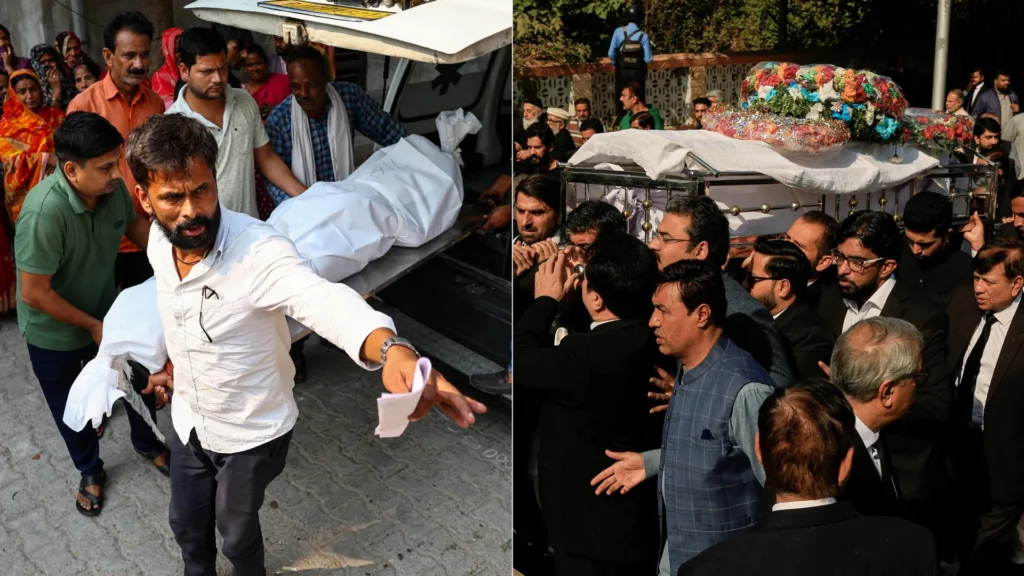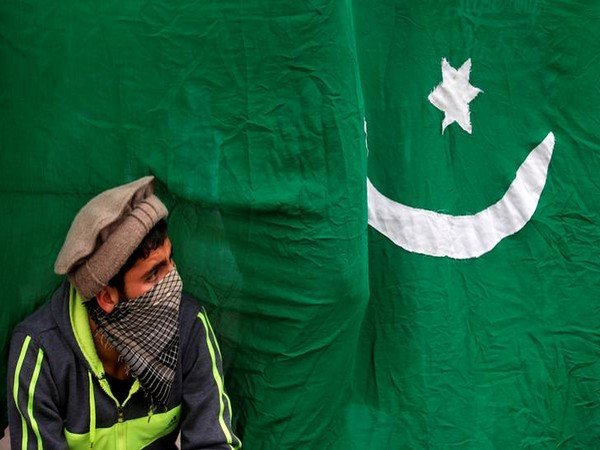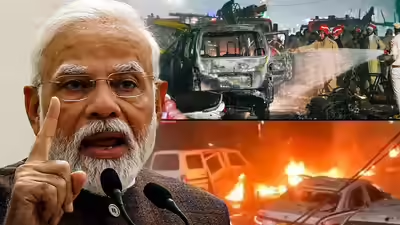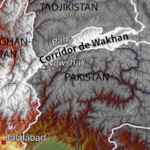On November 10, 2025, a large explosion rocked the Red Fort area in Delhi, India’s capital. Sadly, the blast killed at least 8 to 12 people and injured dozens more.
- What We Know for Sure
- The Blame Game: Accusation First, Evidence Later
- Why Pakistan is Concerned
- The Complex Role of Afghanistan
- Why This Matters for the Region
- A Call for Truth Over Story
- The author, Anum Malik, is affiliated with the State News Agency and voluntarily contributes her research to the think tank, CDS.
- *The views and opinions expressed herein, and any references, are those of the author and do not necessarily reflect the editorial policy of the Centre for Development and Stability (CDS).
Indian authorities quickly called it a terror attack. Very soon, a story took hold that this was a cross-border attack coming from Pakistan. Social media was flooded with related hashtags, and many experts spoke of RDX explosives and foreign handlers.
But the real question is: Did this truly happen? Or is the explosion being used for political reasons that serve a hidden agenda?
Several difficult questions have emerged, not just about the blast, but about how the story was created, how facts were chosen, how blame was assigned, and how this fits into the larger political rivalry between India and Pakistan.
What We Know for Sure

Here are the widely reported facts:
- A vehicle exploded near the Red Fort in Delhi, a densely populated area.
- At least 8 to 12 people died, and over 30 were injured.
- Indian security agencies arrested suspects from the Kashmir region (Pulwama district). They claim this group may be linked to the Pakistani-based militant group Jaish-e-Mohammed (JeM).
- Indian investigators also stated that they found bomb-making materials, weapons, and explosives in a raid just before the blast.
- Around the same time (November 11), Pakistan faced a separate suicide bomb attack in Islamabad and, in turn, accused India of state-sponsored terrorism.
- Afghanistan is being discussed in the media as a wider area where India and Pakistan often engage in proxy conflicts.
What is not clear is who exactly planned the attack, where the materials came from, who is gaining strategically from this particular story, and how the narrative is moving forward.
The Blame Game: Accusation First, Evidence Later
One of the most striking parts of the Delhi blast aftermath was how quickly the story of a foreign hand from Pakistan was adopted, even though little clear evidence was shown to the public.
- The Speed of the Accusation: Within hours, the blast was framed in Indian media and on social media as a terror attack with Pakistani links. From Pakistan’s view, the problem is that this story becomes the truth before any proper investigation is done.
- Fake Evidence Used: Social media accounts traced to Afghanistan reportedly shared fake posters in Urdu, claiming responsibility by groups like Lashkar-e-Tayyiba. Analysis suggests these images were manipulated, hinting at a possible, coordinated effort to spread false information that happens to support the Indian media’s framing.
- Targeting People Inside India: The story also seems to focus on domestic targets, such as Indian Muslims and Kashmiri suspects. The blast may be used not just as a security concern but as a tool in communal politics.
- The Information War: The actual explosion may have caused a much larger explosion in the information space. Once the blame story is active, everything else is used to confirm it, rather than to truly investigate other possibilities like an accident or negligence.
Why Pakistan is Concerned

Pakistan has strong reasons to be careful about the Delhi story:
- Challenging the Terror Hub Claim: The statement that Afghanistan is now hub of all terrorist outfits is often repeated. The region is complicated, with many groups and agendas. Simply blaming Pakistan ignores the possibility that other actors, including state groups, might be using the area for their own political gain.
- India-Afghanistan Ties: India’s growing relationship with Afghanistan suggests Delhi has its own interests in Kabul. Therefore, automatically assuming that any terror incident coming from Afghan soil is organized by Pakistan is too simple.
- Convenient Timing for Indian Politics: India’s ruling party often points to foreign enemies during times of domestic pressure, such as before elections. The blast happened just before important elections in Bihar. A security crisis often helps rally a political party’s base.
- Lack of Clear Proof: India’s public statements have been cautious about directly blaming the Pakistani state. They usually speak of militants with “Pakistan links.” If India publicly claimed Pakistani state involvement, it might be forced to retaliate. Pakistan’s simple demand is to see the proof. Until then, the accusations are seen as a tool for propaganda and diplomacy.
The Complex Role of Afghanistan
The situation raises the possibility of a double game where Afghanistan’s territory is used as a battleground:
- Afghanistan as a Battlefield: Hypotheses suggest India might use Afghan territory or proxies to pressure Pakistan, or that elements within Afghanistan might allow third-party terror groups to operate, making it hard to know who is responsible.
- A Coordinated Story: The sequence of events looks suspicious: a blast in Delhi followed by an immediate story of Pakistani-linked terror. Then, Afghan-based social media posts appeared, which were fake and designed to point to Pakistan. This narrative was amplified by Indian media, and Pakistan was accused before the investigation was even finished. This suggests there might have been a pre-planned effort to create this specific story using the foreign enemy theme.
- Internal Failure Questions: One major question is: How could such a large amount of explosives enter Delhi without Indian law enforcement knowing? Reports of a large seizure of explosives just before the blast raise questions, if the materials were already in India and Indian citizens were arrested, why was the narrative immediately shifted to Pakistan?
Why This Matters for the Region

The consequences of this event are serious:
- Risk of War: India’s policy is that future terror attacks may be treated as “acts of war,” increasing the risk of a major military conflict.
- Proxy War Becomes Normal: Afghanistan risks becoming the main battleground where India and Pakistan fight through others, causing humanitarian problems.
- Domino Effect of Mistrust: Blaming Pakistan without proof increases mistrust, causes division among communities (especially Muslims in India), and prevents focus on root issues like poverty and governance.
- The Information War: The Delhi blast may signal a regional trend of “blame first, investigate later” in the media and information space.
A Call for Truth Over Story
The bottom line is that a real explosion in Delhi killed innocent people, and that tragedy requires an honest and thorough investigation.
The event should not be automatically turned into a propaganda tool against another country.
From Pakistan’s point of view, the immediate blame, the use of Afghan social media to push the story, and the selective media framing all point to a deeper strategy of distraction. It is too simple and dangerous to just say that Pakistan did it without verifiable proof.
If the region wants peace, investigation must happen before accusation, transparency must be more important than headlines, and mutual trust must replace the destructive blame game.
The explosion in Delhi was real. The loss of life was real. But we must resist the rush to judgment. The real damage may not just be the blast itself, it may be the attack on truth that follows.



